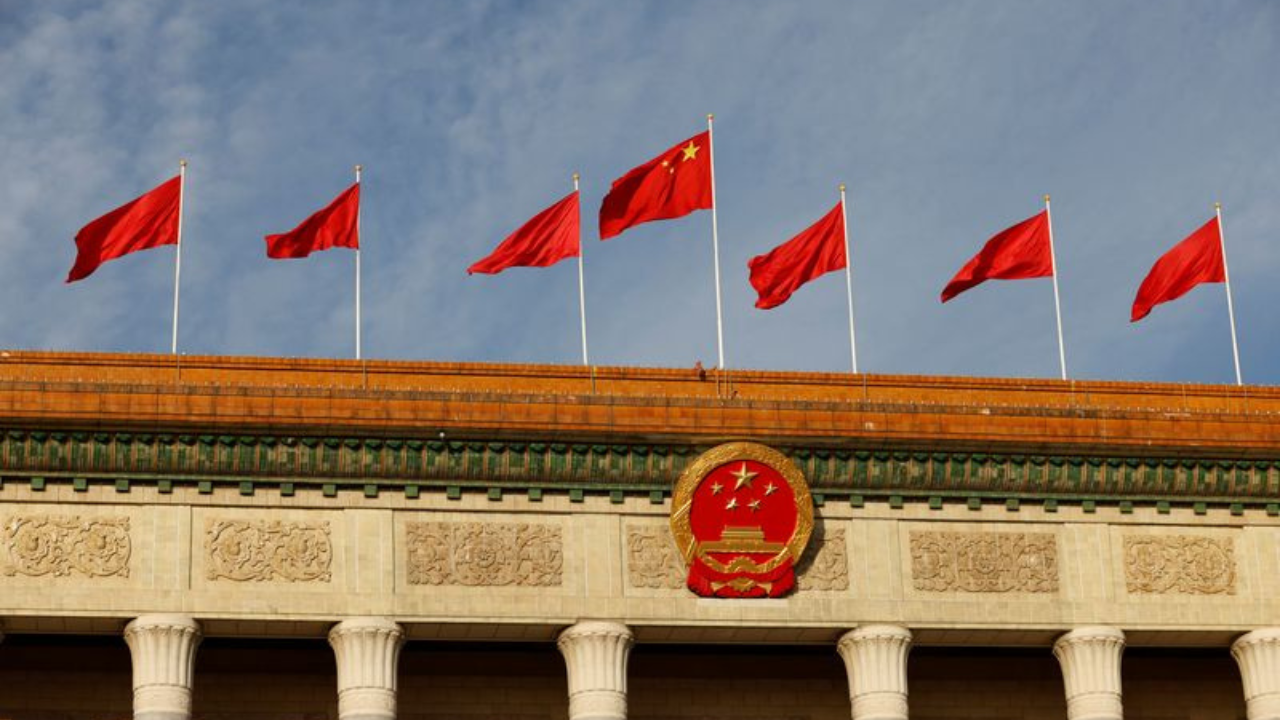MUMBAI: China is believed to have one of the fastest-growing nuclear arsenals among the nine nuclear-armed states, and possesses about 500 nuclear warheads, with more in production to arm future delivery systems.
This is stated in a report released on January 15 by the Bulletin of Atomic Scientists, a non-profit organisation relating to science and global security issues that was started in 1945, post Hiroshima and Nagasaki.
The report has been prepared by the staff of the Federation of American Scientists, Hans M Kristensen, Matt Korda, Eliana Johns and Herbert Scoville.
It has relevance for India because an earlier report had stated that this country’s nuclear weapons programme is China-centric.
The nine nuclear armed countries are India, Pakistan, US, UK, Russia, China, Israel, North Korea and France.
According to the report, China has continued to develop its three new missile silo fields for solid fuel intercontinental ballistic missiles (ICBMs), expanded the construction of new silos for its liquid-fuel DF-5 ICBMs, has been developing new variants of ICBMs and advanced strategic delivery systems.
Quoting the Pentagon, the report says China’s arsenal will increase to about 1,000 warheads by 2030, many of which will be deployed at higher readiness levels.
According to the report, The International Panel on Fissile Materials has assessed that at the end of 2022, China had a stockpile of approximately 14 tonnes of highly enriched uranium (HEU) and approximately 2.9 tonnes of separated plutonium in or available for nuclear weapons.
“The existing inventories were sufficient to support a doubling of the stockpile over the past five years,” it states, pointing out that China may acquire sufficient stocks of plutonium by using its civilian reactors.
Referring to the open source satellite imagery, the report says China appears to be expanding the Lop Nur test site with the construction of approximately a dozen concrete buildings, a new tunnel, new drainage areas, drill rigs and covered entrances to potential underground facilities.
Quoting the Pentagon, the report further states that the People’s Liberation Army Rocket Force “continues to conduct exercises involving early warning of a nuclear strike and what are known as ‘LOW’ responses.”
This is stated in a report released on January 15 by the Bulletin of Atomic Scientists, a non-profit organisation relating to science and global security issues that was started in 1945, post Hiroshima and Nagasaki.
The report has been prepared by the staff of the Federation of American Scientists, Hans M Kristensen, Matt Korda, Eliana Johns and Herbert Scoville.
It has relevance for India because an earlier report had stated that this country’s nuclear weapons programme is China-centric.
The nine nuclear armed countries are India, Pakistan, US, UK, Russia, China, Israel, North Korea and France.
According to the report, China has continued to develop its three new missile silo fields for solid fuel intercontinental ballistic missiles (ICBMs), expanded the construction of new silos for its liquid-fuel DF-5 ICBMs, has been developing new variants of ICBMs and advanced strategic delivery systems.
Quoting the Pentagon, the report says China’s arsenal will increase to about 1,000 warheads by 2030, many of which will be deployed at higher readiness levels.
According to the report, The International Panel on Fissile Materials has assessed that at the end of 2022, China had a stockpile of approximately 14 tonnes of highly enriched uranium (HEU) and approximately 2.9 tonnes of separated plutonium in or available for nuclear weapons.
“The existing inventories were sufficient to support a doubling of the stockpile over the past five years,” it states, pointing out that China may acquire sufficient stocks of plutonium by using its civilian reactors.
Referring to the open source satellite imagery, the report says China appears to be expanding the Lop Nur test site with the construction of approximately a dozen concrete buildings, a new tunnel, new drainage areas, drill rigs and covered entrances to potential underground facilities.
Quoting the Pentagon, the report further states that the People’s Liberation Army Rocket Force “continues to conduct exercises involving early warning of a nuclear strike and what are known as ‘LOW’ responses.”
